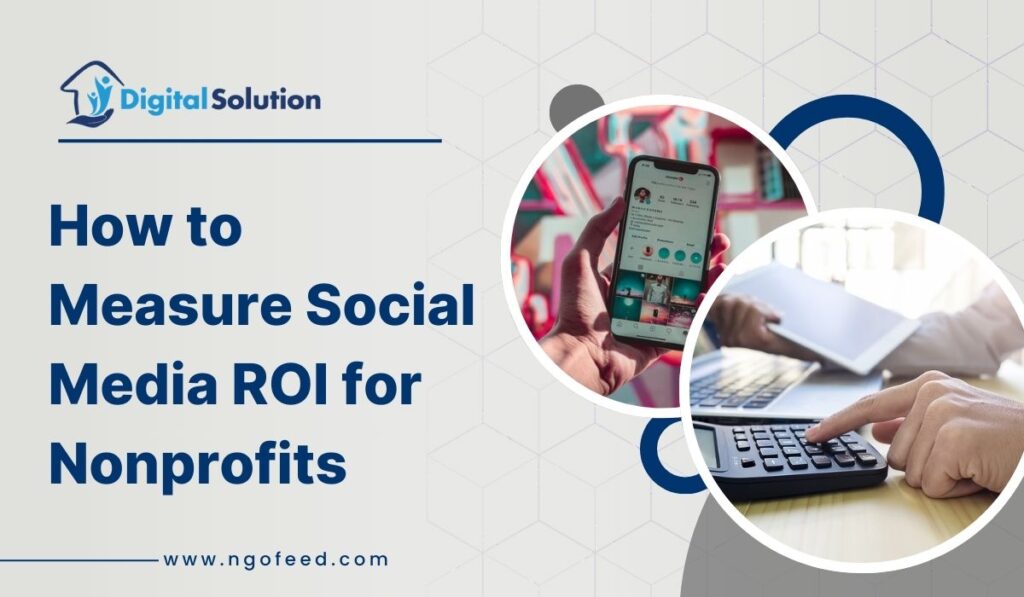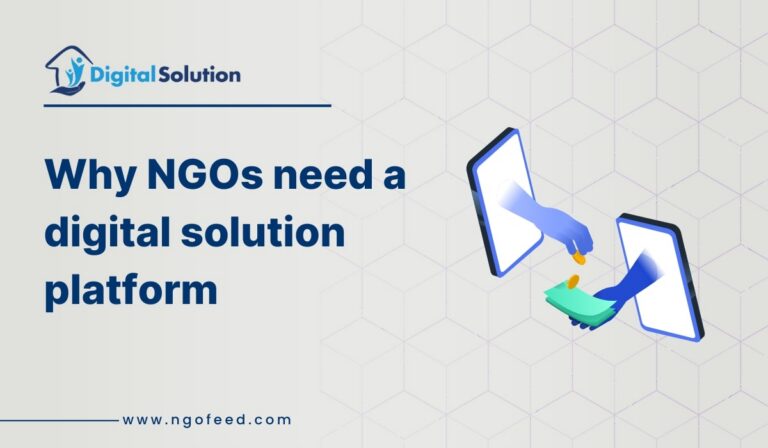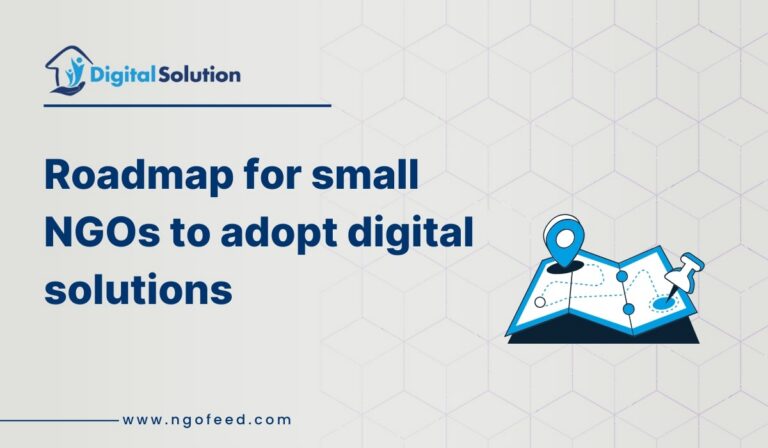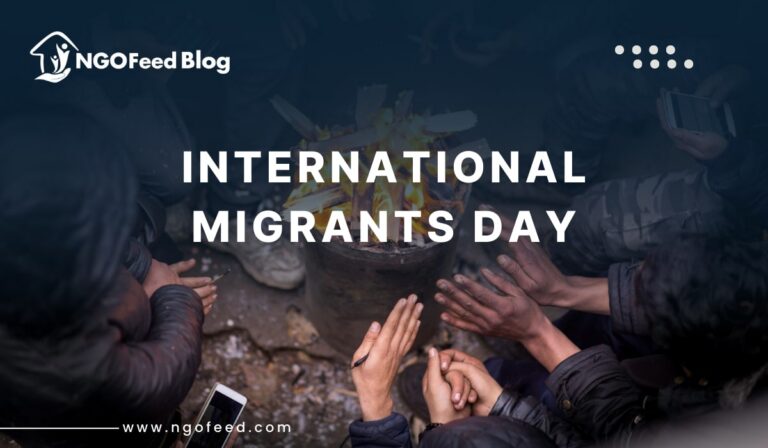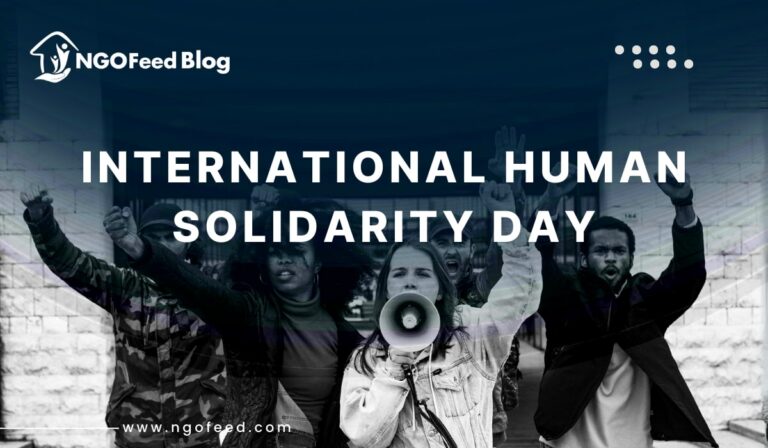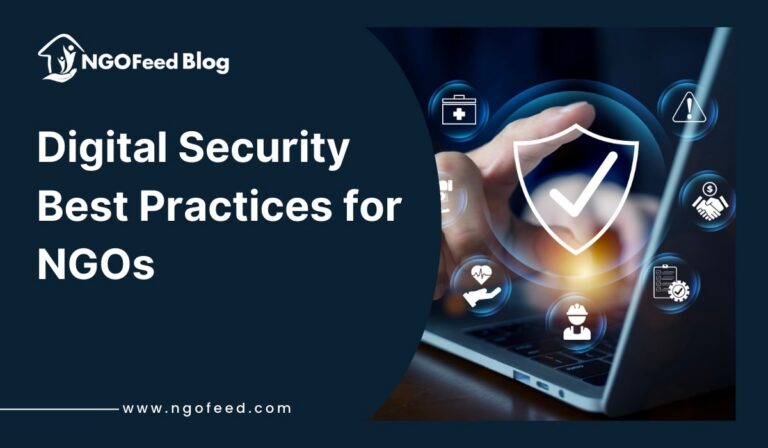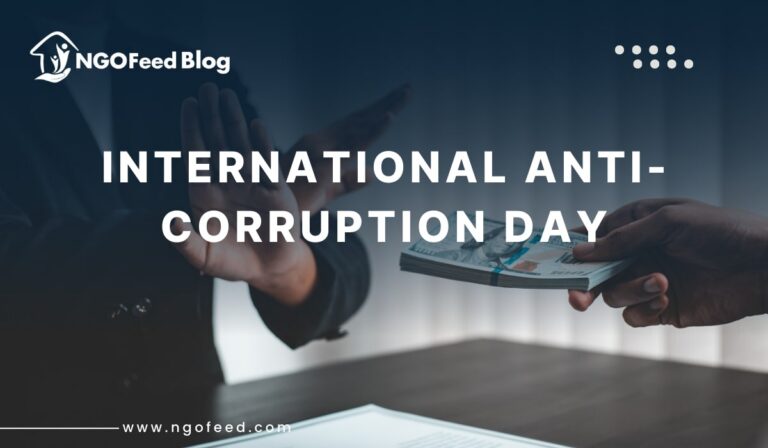Social Media ROI For Nonprofits: Social media refers to digital platforms and technologies that enable users to create, share, and interact with content and each other. These platforms facilitate communication and collaboration, allowing individuals, organizations, and communities to connect regardless of geographic location.
Common features of social media include user profiles, messaging, posting multimedia content such as text, images, and videos, and the ability to engage with others through comments, likes, and shares.
Table of Contents
What is Social Media ROI for Nonprofits?
Social Media ROI (Return on Investment) measures the value you get from your social media efforts compared to what you invest- time, money, tools, or resources. In simple terms: Is the effort you’re putting into social media actually helping you reach your goals?
That ROI could look like:
- More donations (for an NGO)
- More sign-ups (for a service)
- More website visits
- Higher engagement or awareness
The formula (in basic terms): ROI = (Return – Investment) / Investment × 100
For example, if you spend ₹5,000 on a campaign and earn ₹15,000 in donations directly from it, your ROI is 200%.
Also Read: Leveraging (X) Twitter Trends for Nonprofits
Go To Market Strategy for Social Media ROI
SMART goals are a useful acronym to help you craft structured and achievable goals. The acronym stands for specific, measurable, attainable, relevant, and time-based:
- Specific: Specific goals ensure your team can focus on getting a task done in a certain timeframe. Doing so also helps with your planning.
- Measurable: Measurable objectives show your progress. Many social media platforms grant you access to analytics to work with.
- Attainable: Your goal should be attainable and consider your time, budget, and resources. Avoid setting goals that have little chance of success.
- Relevant: Make certain that your goal reflects your organization’s mission and fits your long-term plans.
- Time-based: Time-based deadlines are a surefire way to keep your priorities and motivation in place.
Importance of Social Media ROI for Nonprofits
Besides the fact that there are such a vast number of social media users, there are many reasons your nonprofit should be posting online:
Also Read: How To Optimize Your NGO Website For Voice Search
- Build trust: Posting on social media builds trust between you and your followers as you demonstrate your authentic voice and knowledge of your industry.
- Promote events: You can post details about in-person events or host virtual events, such as galas, fun runs, adoption meet-and-greets, panel discussions, or town halls.
- Expand reach: Social media allows you to reach new people and share your message and mission with them.
- Fundraising: Social media fundraising is available on platforms like Facebook and Instagram to encourage followers to get virtually involved.
Metrics To Measure
1. Awareness Metrics (Reach & Visibility)
- Impressions: Number of times content was displayed.
- Reach: Unique users who saw your content.
- Follower Growth Rate: Increase in followers over time.
- Share of Voice (SOV): Brand mentions vs. competitors.
- Virality Rate: Shares per post × reach.
2. Engagement Metrics (Audience Interaction)
- Likes, Comments, Shares: Basic interaction indicators.
- Engagement Rate:
- (Total Engagements / Reach or Impressions)×100
- (Total Engagements / Reach or Impressions)×100
- Amplification Rate: Shares per post.
- Click-Through Rate (CTR): Clicks on links or CTAs.
- Time Spent: Average time users spend on your content.
Also Read: Instagram Vs LinkedIn
3. Conversion Metrics (Business Impact)
- Conversion Rate: Users who take desired actions (sign-ups, purchases).
- Cost Per Conversion (CPC): Ad spend per conversion.
- Social Media Traffic: Website visits from social platforms (Google Analytics).
- Lead Generation: Form fills, downloads, or inquiries.
- Revenue Attribution: Sales traced to social campaigns (UTM tracking).
4. Audience & Sentiment Metrics
- Demographics: Age, gender, location of followers.
- Sentiment Analysis: Positive/negative/neutral brand mentions.
- Net Promoter Score (NPS): Willingness to recommend your brand.
5. Customer Service Metrics
- Response Rate/Time: Speed and frequency of replies to queries.
- Resolution Rate: % of issues resolved via social media.
NonProfits Ideation – Social Media ROI for NGOs
Nonprofits in India employ various methods to measure their social impact and effectiveness in achieving their missions. Primarily, they utilize quantitative metrics such as the number of beneficiaries served, funds raised, or programs implemented, which provide tangible evidence of their activities.
They often employ surveys and feedback forms to assess recipient satisfaction and gather qualitative data on personal experiences and outcomes. Additionally, nonprofits may use performance indicators to track progress against specific goals and objectives, including changes in community health, education, or economic conditions.
Also Read: Press Release Guide For Nonprofits:
Data analysis tools and software also play a critical role in compiling and interpreting this information.
By combining these quantitative and qualitative approaches, nonprofits can create comprehensive reports that demonstrate their social metrics, communicate their impact to stakeholders, attract funding, and continually refine their programs for greater effectiveness.
Conclusion
In conclusion, nonprofit social organizations play a vital role in addressing social issues, fostering community engagement, and promoting positive change. By focusing on their missions, these organizations are designed to serve the public good, often relying on the generosity of donors, grants, and volunteer support to fulfill their objectives.
The use of social media and technology has also transformed how nonprofits communicate, raise funds, and mobilize supporters, increasing their impact and reach. However, challenges such as sustained funding, resource allocation, and maintaining community trust remain prevalent.
Going forward, nonprofit organizations must continue to innovate, adapt, and collaborate with other sectors to enhance their effectiveness. By embracing these strategies, nonprofits can create lasting social change and contribute to the well-being of communities worldwide. Ultimately, their work underscores the importance of collective action and the need for a compassionate society.
Frequently Asked Questions (FAQs)
1. What does ROI mean for a nonprofit?
ROI isn’t just about money, it’s about impact. Think donations raised, volunteers signed up, event attendance, or awareness created.
2. How do we set ROI goals?
Start with clear objectives:
– Do you want more donations?
– More engagement?
– More people attending your drives?
Your ROI depends on what you’re trying to achieve.
3. What should we track?
Website clicks
Donation conversions
Social shares and engagement
Volunteer sign-ups
Reach and impressions
Time spent on pages
4. What tools can help us measure ROI?
– Google Analytics (track traffic + conversions)
– Meta Insights (for Facebook & Instagram)
– Bitly or UTM links (to see where clicks come from)
– CRM tools to link donors or sign-ups to campaigns
5. Can awareness be measured?
Yes! Use metrics like:
– Follower growth
– Post reach
– Shares/comments
– Traffic spikes after campaigns
6. What’s a real example of ROI?
You run a ₹2,000 Instagram ad for a food drive.
It brings in ₹10,000 in donations + 50 volunteers.
That’s a high ROI- not just financially but in community impact.
7. How often should we review ROI?
Monthly for small campaigns, and after every big push or fundraiser. It helps refine future strategies.

